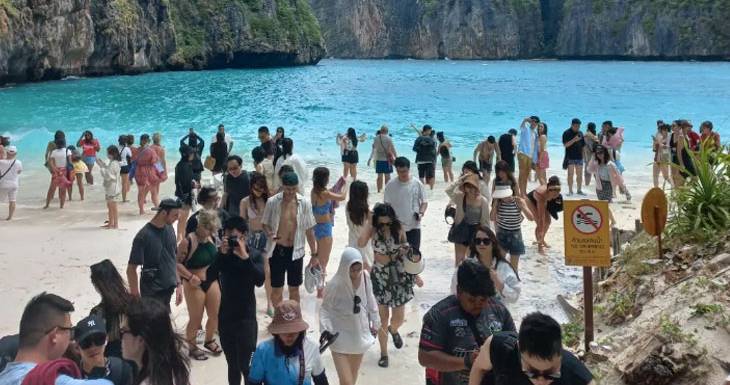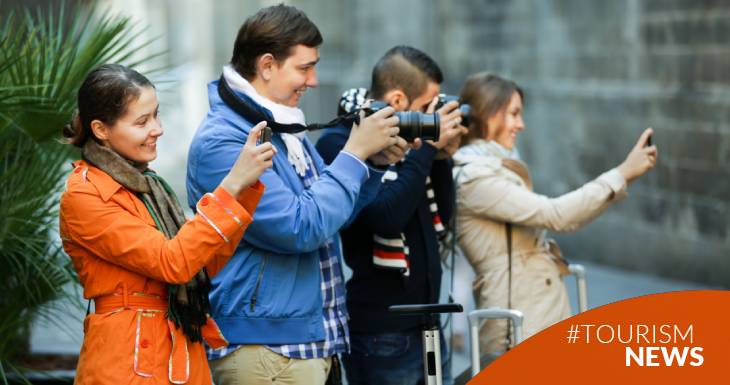In the age of social media, Instagram has become an omnipresent tool in our lives. Sharing images of our adventures is a form of personal expression and a source of inspiration for others.
However, as this platform has become more influential, a growing concern has also arisen: is Instagram turning people into the “worst tourists”?
When people travel to a beautiful place, the temptation to post photos and videos on social networks is high, and the result is not always positive:
- Travelers are often more focused on capturing the ideal moment for their feed rather than actually enjoying the destination.
- People will often photograph other people without their consent, which can be invasive. Additionally, some destinations have become less authentic due to the influence of Instagram, as locals often adapt their businesses and lives to attract influencers and their followers.
- The search for the perfect image can lead to excessive consumption of natural resources. Some destinations have seen an increase in pollution and erosion due to the influx of tourists wanting to get the original photo.
These behaviors can cause detrimental impacts including destruction of the physical environment, disruption to local communities, and consequent social impacts such as resident resentment toward mass tourism.
As destinations begin to respond to this phenomenon, potential paths toward response strategies range from “softer” approaches to stricter rules and regulations. A softer approach can be developed as an online awareness campaign, as has been the case in destinations such as Vienna, Austria and Yellowstone National Park in the United States.
For its part, in response to bad behavior from tourists, Bali introduced new guidelines for visitors in June 2023. These include rules on appropriate behavior at sacred temples, around the island and with locals, and respecting the natural environment. Tourists now need a license to rent motorbikes, and cannot set foot on any mountains or volcanoes in Bali, or climb trees due to their sacred nature. They also cannot engage in any behavior that desecrates holy places and sanctified places, temples, pratima (sacred objects within temples) and religious symbols. This includes climbing sacred buildings and taking photographs in immodest or no clothing.
Travelers must comply with all special provisions/rules that apply to each tourist attraction and activity.
Other destinations have taken similar measures. Iceland, Hawaii, Palau, New Zealand, Costa Rica and others have made commitments to ensure that visitors comply with local laws and customs. In some places like Thailand's famous Maya Bay they have even taken it further and closed it completely to tourists, at least temporarily.

How to travel respectfully?
The key is to find a balance between sharing moments and living them fully, as well as being aware of the impact that our tourism can have on the destinations we visit.
- It means being aware of how our actions impact local communities.
- This includes respecting people's privacy, researching local culture, and being respectful of the natural environment.
And because every trip is an opportunity to learn, grow and connect with the world around us. Thinking about the footprints you leave and the memories you take with you can help you become a more environmentally conscious tourist.


